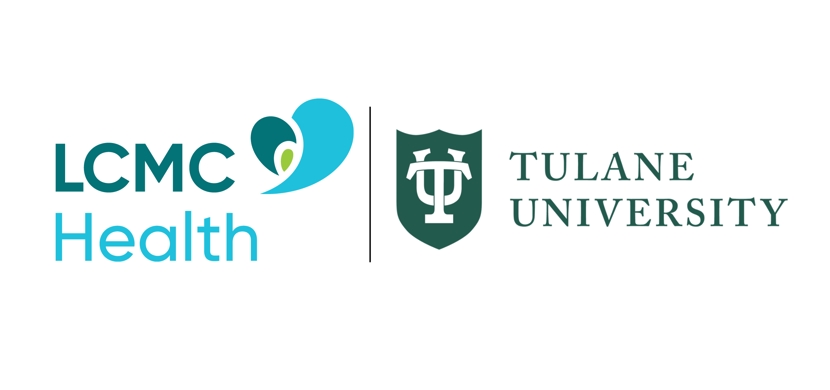Know the signs of heatstroke and how to treat it
- Category: General Health, Emergency, Heat Stroke
- Posted on:

When you think about summer in Louisiana, intense heat and humidity probably come to mind. The conditions are ripe for making us sweat and yearn for outdoor air conditioning, but they’re also ripe for heat-related illness. Know the signs of heatstroke to protect yourself and others from this medical emergency.
There’s no doubt about it. We are quite familiar with extreme heat, with average high temperatures edging their way into the upper 80s in May and into the 90s soon thereafter.
Given our climate, it’s important for every person to know the signs of heat-related illness, including heatstroke and heat exhaustion, and what to do if they occur. Not sure what signs to watch for? Keep reading!
What’s a heat-related illness?
Normally, when we’re hot, we sweat. The process of sweating cools the body, which lowers body temperature. But during intensely hot weather, sweating isn’t enough to cool the body.
A heat-related illness is an illness that’s triggered by exposure to high temperatures. These illnesses occur when the body is unable to cool itself down quickly enough, causing a dangerous increase in body temperature.
As the temperature rises, the risk of heat illnesses also rises. Most heat-related illnesses occur when a person is outdoors for a prolonged amount of time, but they can also happen when exercising or working in hot temperatures.
There are several types of heat-related illness—heat rash, heat cramps, heat exhaustion and heatstroke. Heat rash is a skin irritation that occurs due to excessive sweating. Heat cramps occur most often during intense physical activity.
Heat exhaustion occurs after prolonged exposure to high temperatures and can cause signs and symptoms. These include a fast, weak pulse, cold or clammy skin, dizziness, muscle cramps, heavy sweating, nausea, intense thirst, and weakness. If you or someone around you experiences any of these symptoms, it’s important to act quickly.
Heat exhaustion can turn into heatstroke without prompt action to cool the person down. Someone who is having symptoms of heat exhaustion should quickly move to a cooler area, loosen clothing and sip cool water or a sports drink.
If symptoms worsen or do not improve within one hour, seek immediate medical attention. Vomiting is also a sign that medical attention is needed.
Recognizing a heatstroke
While heat exhaustion can be dangerous, heatstroke is considered life-threatening and calls for emergency care. Symptoms of heatstroke can include:
- A body temperature higher than 103 degrees
- Confusion
- Dizziness
- Fast, strong pulse
- Headache
- Hot, red, dry or damp skin
- Loss of consciousness
- Nausea
- Seizures
- Slurred speech
If a person is showing signs of heatstroke, call 911. Then move the person to a cooler area and remove layers of his or her clothing. Apply ice packs or cold water to help cool his or her body temperature. Do not give the person anything to drink.
Taking action is essential. Any time symptoms of heatstroke occur, emergency medical attention is needed.
To avoid heat-related illness, including heatstroke, take good care of yourself when the temperatures are soaring. Drink water regularly throughout the day, spend most of your time outdoors in the early morning or evening, wear light-colored clothing in cool materials and avoid strenuous activities like intense exercise outdoors.
It’s better to be safe than sorry when it comes to the heat of summer. Stay cool and safe out there!
Certain medical conditions can increase your risk for heat-related illnesses like heatstroke. Keep an eye on your health with regular visits with a LCMC Health primary care provider.

